AlJawf Province

Sakaka Fort
The Qasr Zaba’al at Sakaka stands on a tall rock spur overlooking the ancient village, the palm groves and the new town. It resembles ruins that can be attributed to the Nabatean area, particularly the well of Bi’r Saysara.
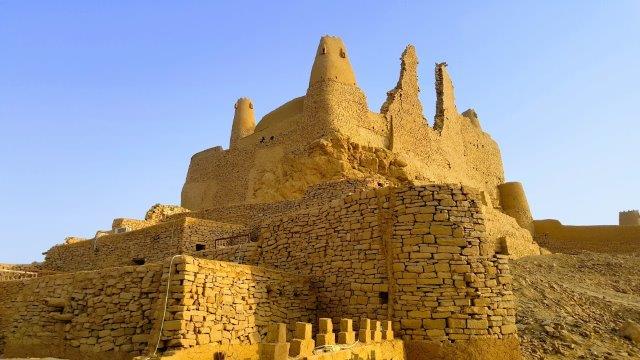
Dumat AlJandal
The oasis of Dumat Al-Jandal is located in the very heart of the province of Al Jawf, 50 km south of Sakaka, the capital town and the seat of the Al-Jawf Emirate. It is the largest and best-known oasis at the northern limit of the great al-Nafud desert. Its geographical position means that in the past it lay on both the east-west and north-south routes and became a natural port of call for traders.
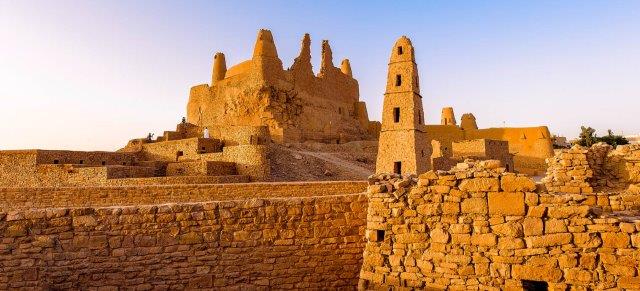
Marid Castle
Is a historic military fortress located in the city of Dumat Al-Jandal in the Al-Jawf region, about 50 km away from Sakaka. It dates back to the first century AD, and the oldest mention of it dates back to the third century AD when the Queen Zenobia (240 - 274) invaded Dumat al-Jandal and Tayma, and she could not storm the fortress and was defeated. Therefore, she said: “ Marid has rebelled, and Ablaq has glorified.
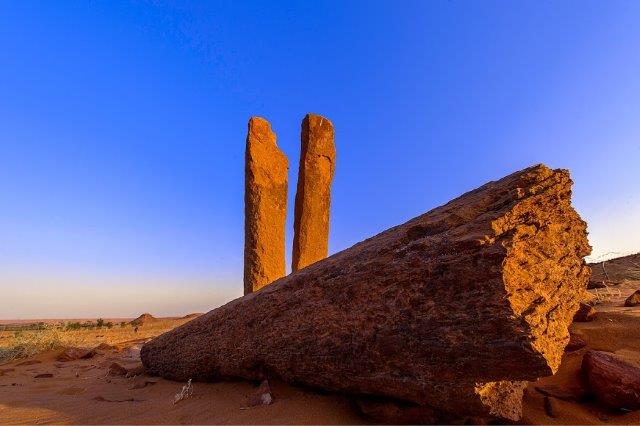
Rajajil Columns
The Rajajel Columns or Men's Pillars is an archaeological site that is deemed the oldest archaeological site in the Al-Jawf region in Saudi Arabia, and it is located in the suburb of Qara, south of Sakaka, It consists of 50 groups of erected stone columns called Rajajil, and it has a number of stone pillars carved from sandstone.
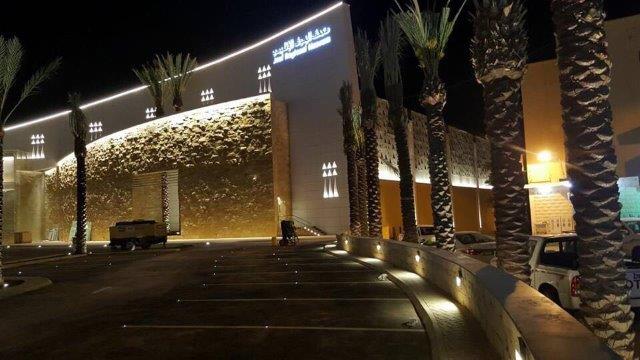
Al-Jouf Museum and Folklore
Al Jouf province is considered a rich area of Militaristic history with great cultural and archaeological heritage, where the visitor to the province will find in it historical diversity of different periods and the signs of stability in the region dating back to prehistory. That could be acquainted through coming across to the ancient heritage sites in the region.
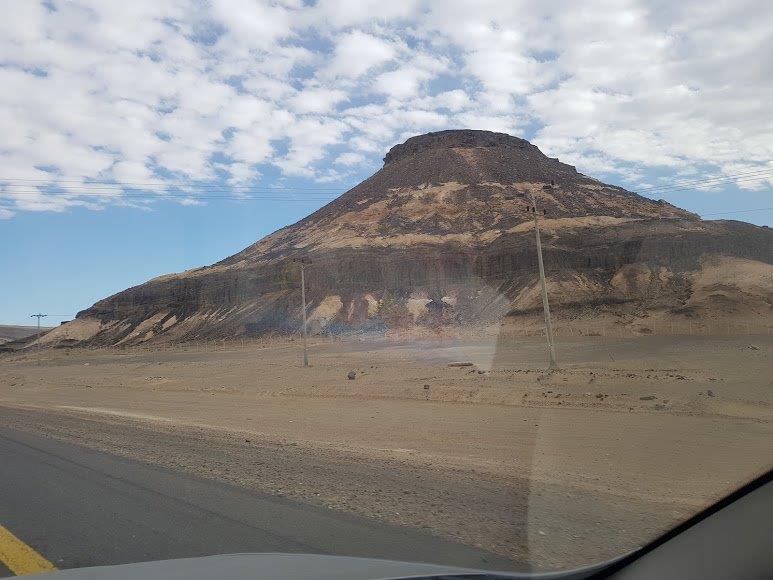
AlSa'eedi Fort
Is located in the village of Kaf, and it is the foundation for stone houses on the top of the mountain peak. There is no scientific research indicating information about the site, but its earliest conception is to be within the effects of the Nabateans in order to use black basalt rocks in the method of construction, which resembles the materials and the method of construction used to shorten its Nabatean impact.
